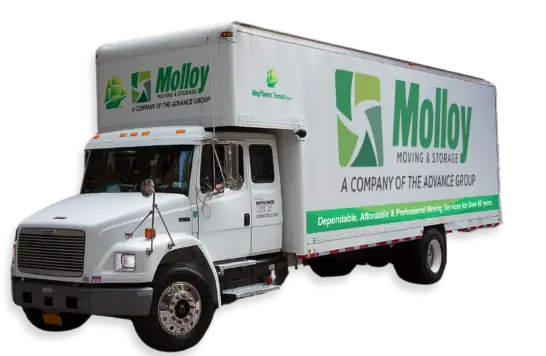A business move is quite an undertaking. You want quickly settle quickly into your new space and lose as little production time as possible. You also want to keep customers and employees satisfied. Developing a commercial moving plan can help the move go smoothly.
Name a Project Manager
The first step in developing a plan is to name a project manager. The ideal qualities are:
- Organization skills
- Attention to detail
- Able to make quick decisions.
- Calm personality that despite the chaos
They also should be respected by employees, customers, and managers.
Name a Project Team
Once a project manager is named, you’ll need a project team. The team will work with the project manager to create the plan and see it through until everyone is settled in the new space.
Set a Date
Look at your lease termination date on your current office and sign a lease for the new space. Determine how much time builders will need to renovate the new space and set your moving date.
Estimate Your Budget
Do some research to determine a reasonable budget for your move. Then keep that budget before you during the planning.
Develop the Plan
The team develops the moving plan. The plan will include the tasks, deadlines, and name of the person responsible for each job. Tasks to include:
Choose A Mover
The team will interview several movers and choose one who has experience in moving businesses similar to yours. Then you’ll lock in the date. You’ll also need to coordinate with the mover throughout the process.
Employee Issues
Tell employees about the relocation, focusing on the benefits to them. If the move is long-distance, you determine which employees you’d like to relocate with you, then develop packages to persuade them to do so.
For all moves, be prepared to answer questions about the new space, such as availability of parking, the best commuting routes, and public transportation. Also, answer questions about nearby child care, gyms, restaurants, and coffee shops. To the extent you can, involve employees in the design of their space.
Utilities and Technology
Notify utilities on when to cut off utilities at your old office and begin them at your new location. Work with IT to determine what infrastructure is best and work with builders and interior designers while the new office is being built out.
Customer and Vendor Issues
Develop a campaign to tell customers and vendors about the relocation. Stress the benefits the move will have for them. Update all collateral with the new address.
Determine Furnishings
Decide what furnishings, if any, should go with you to the new location. Moving presents an opportunity to buy new furnishings if you have the budget. Consider giving employees input on the furnishings in their area.
Moving Day Coordination Schedule
Finally, the plan includes a section about how to coordinate the moving day logistics. For example, how will computers or machinery be disconnected from the old building and moved to the new building? Or who will handle issues of computers that don’t work or missing items at the new location?
Commercial Relocation
Are you planning an office relocation? Contact us for a quote. We can help



